The company belatedly gets into the race to build bigger, better language models despite ethical concerns.
A team at Harvard has documented a new state of matter which could advance quantum technology.

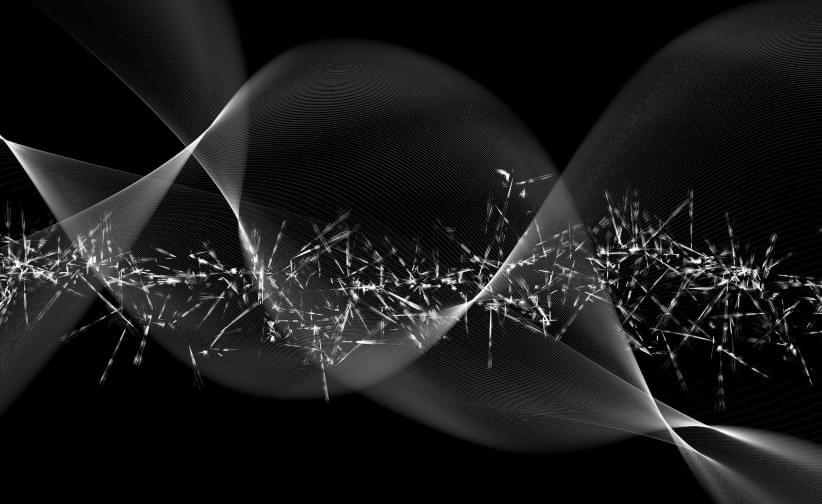
Physicists from Harvard University have documented a new state of matter which could significantly advance quantum technology, according to a new paper published in the peer-reviewed journal Science earlier this month.
The state of matter they found is called quantum spin liquid, which has special properties that produce long-range quantum entanglement — a phenomenon in which particles’ states are connected even when the particles are separated by distance.
Quantum spin liquid was first predicted by physicist Philip W. Anderson about 50 years ago, in 1973, but has never been observed in experiments.

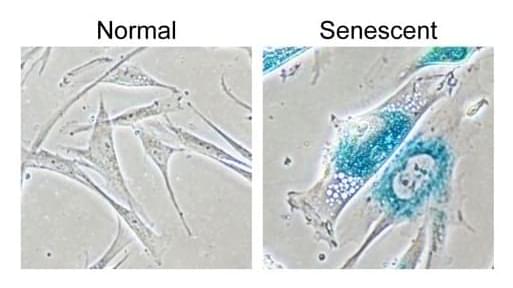
That time Rootkitting for Dummies might as well have been in Microsoft’s Plus! Pack.
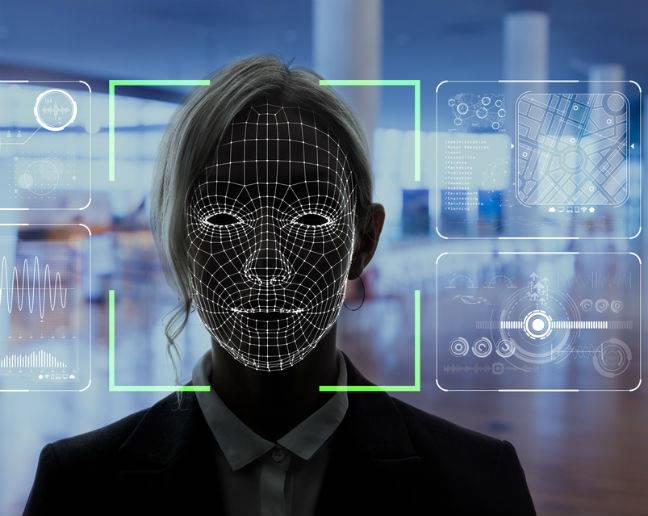

Gravitational waves are cosmic ripples in the fabric of space and time that emanate from catastrophic events in space, like collisions of black holes and neutron stars — the collapsed cores of massive supergiant stars. Extremely sensitive gravitational-wave detectors on Earth, like the Advanced LIGO
The Laser Interferometer Gravitational-Wave Observatory (LIGO) is a large-scale physics experiment and observatory supported by the National Science Foundation and operated by Caltech and MIT. It’s designed to detect cosmic gravitational waves and to develop gravitational-wave observations as an astronomical tool. It’s multi-kilometer-scale gravitational wave detectors use laser interferometry to measure the minute ripples in space-time caused by passing gravitational waves. It consists of two widely separated interferometers within the United States—one in Hanford, Washington and the other in Livingston, Louisiana.
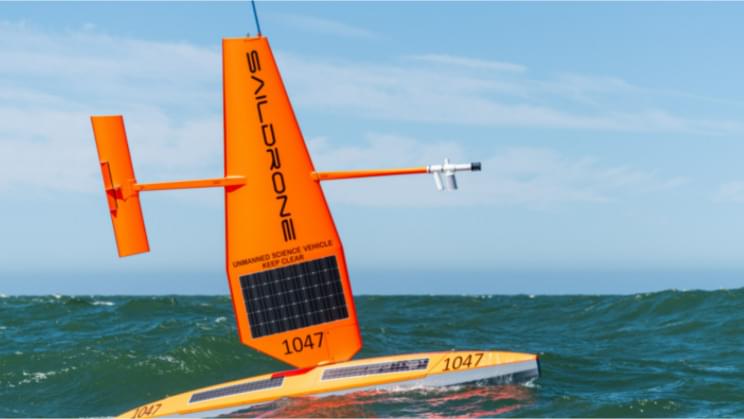
The same Saildrones captured the first-ever video from inside a major hurricane from sea level in September.
Six autonomous Saildrones are taking off on a six-month journey to tackle some of Earth’s most challenging ocean conditions, in order to improve climate change and weather forecast computer models, reported CNN.
They will travel to the Gulf Stream throughout the winter months where they will collect data about the process by which oceans absorb carbon (carbon uptake). So far, the numbers on this type of activity have only been estimates produced by statistical methods that cannot, therefore, be relied upon.
“This Saildrone mission will collect more carbon dioxide measurements in the Gulf Stream region in winter than has ever been collected in this location and time of year,” said Jaime Palter, a scientist at the University of Rhode Island who is co-leading the research.
“With this data, we will sharpen our quantification of ocean carbon uptake and the processes that enable that uptake in this dynamic region.”
This work will be crucial to properly estimate the Global Carbon Budget.
Full Story:
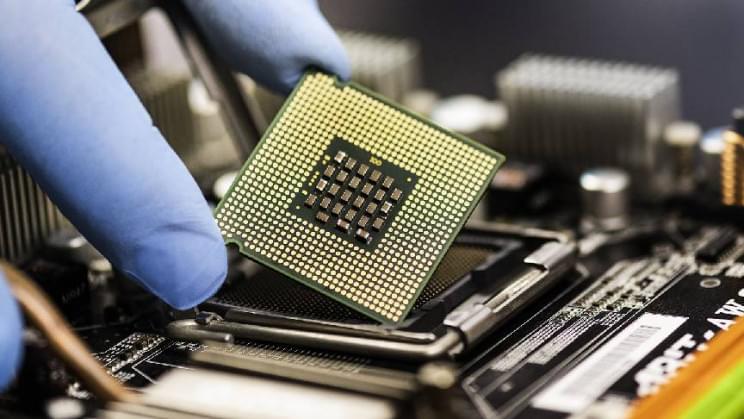
This design can either double the performance of chips or reduce power use by 85%.
In May of 2021, we brought you a breakthrough in semiconductor materials that saw the creation of a chip that could push back the “end” of Moore’s Law and further widen the capability gap between China and U.S.-adjacent efforts in the field of 1-nanometer chips.
The breakthrough was accomplished in a joint effort, involving the Massachusetts Institute of Technology (MIT), National Taiwan University (NTU), and the Taiwan Semiconductor Manufacturing Co (TSMC), which is the world’s largest contract manufacturer of advanced chips. At the core of the breakthrough was a process that employs semi-metal bismuth to allow for the manufacture of semiconductors below the 1-nanometer (nm) level.
Now, IBM and Samsung claim they have also made a breakthrough in semiconductor design, revealing a new concept for stacking transistors vertically on a chip, according to a press release acquired by IE. It’s called Vertical Transport Field Effect Transistors (VTFET) and it sees transistors lie perpendicular to one another while current flows vertically.
This is a drastic change from today’s models where transistors lie flat on the surface of the silicon, and then electric current flows from side to side. By doing this, IBM and Samsung hope to extend Moore’s Law beyond the nanosheet threshold and waste less energy.
Full Story:
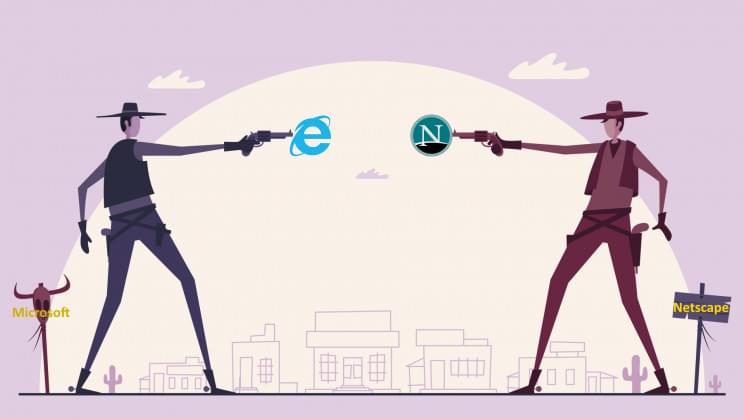
Microsoft’s attempts to steer Windows users toward the Edge browser are attracting notice. Can the Third Browser War around the corner?
Users of Microsoft’s Windows 10 and 11 operating systems have recently reported seeing unusual prompts when they attempt to download Google’s Chrome browser to their device, according to The Verge.
If Microsoft is indeed launching a third Browser War, can the mid-1990s be far behind? Men, put on your flat-front chinos or straight-leg jeans, women, put on a mini-skirt and knee socks, pop a disc with “The Macarena” into your car’s sound system, and head for the mall. There, Toy Story or Braveheart is playing, and you can stop by Starbucks for their new frozen Frappuccino.
If you’re lucky enough to have a home computer, a new company called eBay is selling Pez dispensers, and another new company named Amazon has just sold its first book: Fluid Concepts and Creative Analogies: Computer Models of the Fundamental Mechanisms of Thought by Douglas Hofstadter.
Full Story: